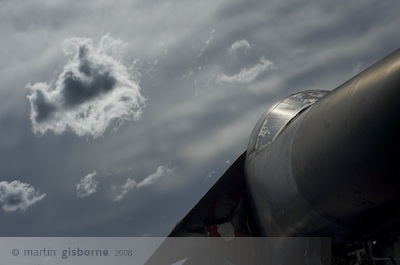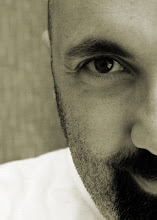If you look up a list of famous New Yorkers chances are that they may have come from Long Island; Billy Joel, Billy Crystal, Walt Whitman, Steve Buscemi, Rodney Dangerfield, Kevin James, Joe Satriani and Howard Stern to name but a few. Many of the worlds rich and famous make their second home in Long Island in what has become known simply as 'The Hamptons' at the far eastern end of the island.
Some famous things have happened on the Island too like the first transatlantic radio telephone transmitter at Rocky Point. The Lighthouse at Montauk was New York's first coastal beacon back in 1796. And Lindbergh made the first solo transatlantic flight from Roosevelt Field to Paris in 1927 flying the famed Spirit of St Louis airplane.
In fact, the history of Long Island is intertwined with the history of American aviation all the way from the early beginnings up to and including putting man on the moon. In the early years of the aviation boom, the golden age - between about the world wars - companies set up shop on Long Island and aviators pushed the boundaries of flight to previously unimaginable lengths. Before Lindbergh, in 1919, a Curtiss flying boat flew from Long Island to England with two stops en route. In 1923 John Macready and Oakley Kelley took off from Roosevelt Field and flew, non-stop, to San Diego - the first non-stop flight across the continent of the US. The flight took them 27hrs to cover 2520 miles.
Companies like Curtiss and Sikorsky opened up in Garden City. Sperry and Fairchild in Farmingdale and, later, Grumman and Republic. These latter two companies served the US military throughout the second world war and all the way up into the most recent conflicts in the Gulf. The Grumman company developed a line of aircraft for the US Navy - the famous Grumman 'cats' - that stretch from Wildcats and Hellcats in World War II, through Bearcats, Panthers, Cougars and the Tiger all the way up to one of the most successful naval aircraft of all time, the F-14 Tomcat, the last of the cats. Republic produced one of the most fearsome fighter aircraft of the second world war, the P-47 Thunderbolt, lovingly known as 'the Jug'. Just as Grumman had their cats Republic stuck with Thunder, developing the Thunderjet and Thunderstreak which saw service in Korea and the Thunderchief, known as the 'Thud', which saw much service during the Rolling Thunder operations of the Vietnam war. By the mid-60s Republic was subsumed into another Long Island company, Fairchild, and became known as Fairchild Republic. Under that name it developed one of the most potent and unusual ground attack aircraft, the A-10 Thunderbolt II lovingly referred to as 'the Warthog'. The A-10 is still in service.
I visited the American Airpower Museum in Farmingdale and saw some of their aircraft. Sitting outside are some examples of cold war hardware built on the island, an F-105 Thunderchief and a rare RF-84 Thunderflash reconnaisance aircraft.

The Republic RF-84 Thunderflash

A General Dynamics F-111.
They also had a meeting of the local hotrod club.

Grumman was quite the company on the island once upon a time. At the height of it's cold war defence contracts the company employed nearly 23,000 people on the Island. After a bidding war between Martin Marietta and Northrop, Northrop purchased the company for 2.1 billion dollars in 1994. It was the end of the line for Grumman on the island. Before all of that happened though Grumman won the contract to build the lunar module for the Apollo missions. The actual ship that descended to the moon. LM-5 was called 'the eagle', this was the lunar module that actually first touched down on the moon as part of Apollo 11. LM-12 was flown on Apollo 17 and LM-13 was destined for Apollo 18 which, of course, was cancelled. LM-13 now stands proudly in the small Cradle of Aviation museum in Garden City. It's a lovely little museum that deserves to be visited for it's place as, literally, the cradle of American aviation.

LM-13, the lunar module for Apollo 18.
After I'd visited the museums I carried on out along the Long Island Expressway, came off on the 27 and headed to Montauk Point, the furthest tip of the island. I arrived as the sun was setting and looked at the lighthouse, the gulls and felt the wind in my face. I wanted to stay and soak it all up but somehow I was just too tired to be poetic.

This particular road trip has taken it's toll and I wanted to start the long trek back to New York to drop off the rental and get to my hotel. I wanted to get my week started and get home. I got back in the car, pausing only to look at the horses in the setting sun then I took off and headed back to the metropolis.


No comments:
Post a Comment